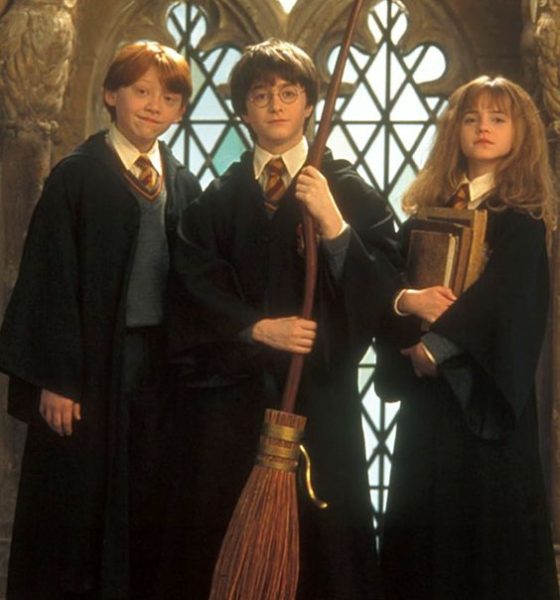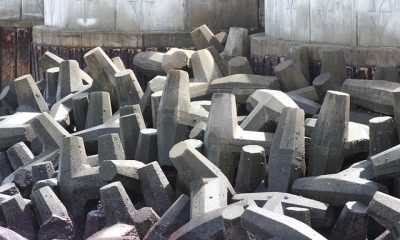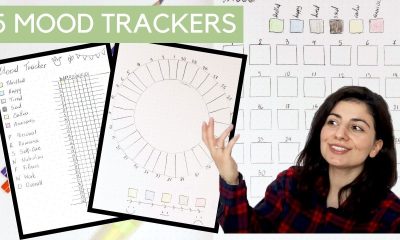Home improvement
Vintage Meets Modern: A New Approach to Interior Design

The allure of the past often imbues a charming aesthetic to our everyday spaces, providing a comforting familiarity in the midst of our rapidly evolving world. Vintage design elements—often characterized by their originality, historic charm, and handmade quality—have a special ability to bring a warm, textured feel to any space. On the other hand, modern design, with its emphasis on simplicity, functionality, and clean lines, tends to deliver a sleek and contemporary look that resonates with our present-day lifestyle.
Lately, there has been a growing trend towards marrying these two seemingly disparate styles to create spaces that are both fresh and nostalgic. This fusion of old and new not only offers an aesthetic appeal but also serves as a testament to the timeless nature of good design. By infusing modern design with vintage elements, one can create a unique style that tells a story, evokes emotions, and adds depth and character to a space. More than just a passing fad, this amalgamation is an exploration of contrasts and harmony, creating a dialogue between different periods and styles that add both visual interest and contextual richness. This article explores ways to incorporate vintage elements into modern design, offering tips, examples, and insights to inspire your design journey.
Vintage and Modern Design Styles
Key Features of Vintage Design
Vintage design is a nod to the past, typically characterized by its ornate details, rich colors, and sturdy, well-crafted furniture often made from wood. These pieces are usually mid-century or older, showing an obvious story of age. Wondering when to hire an interior designer? The design layout of a vintage room is typically more cluttered than a modern one, reflecting the traditional layouts of the eras from which the pieces hail. If not executed properly, this decor style could provoke discomfort via clutter. Consult an expert to execute it perfectly on your first attempt!
Key Features of Modern Design
Modern design is marked by simplicity, functionality, and clean, geometric lines. Its color palette tends to lean towards neutral, with occasional bold color statements. The furniture is typically made from materials such as steel, glass, and plastics, and the layouts favor minimalism, often incorporating lots of open space. Modern design also prioritizes natural light, hence the use of large windows and open floor plans.
Similarities and Differences between Vintage and Modern Design
Despite their differences, vintage and modern styles share an emphasis on craftsmanship and quality materials. However, while vintage design celebrates intricate details and a wide variety of colors, modern design embraces minimalism and neutral colors. Layout-wise, vintage design tends to be more cluttered, reflecting the aesthetic of past eras, while modern design prizes open, airy spaces. Despite these contrasts, these two styles can coexist harmoniously, creating a space that encapsulates the best of both worlds.
The Intersection of Vintage and Modern
The intersection of vintage and modern design aesthetics is all about selectively pairing elements, such as a sleek modern sofa with a vintage coffee table or a modern building with vintage decor. The rationale behind this fusion is to create a blend of nostalgia and contemporary style that feels both familiar and forward-thinking. Successful examples of this fusion abound in different areas. In architecture, for instance, you can see this in restored historical buildings that house ultra-modern interiors, or in new buildings with a vintage-inspired façade. Similarly, in interior design, you can find modern kitchens with vintage fixtures or modern bedrooms with antique bed frames.
Incorporating Vintage Elements into Modern Design
Start with Subtle Touches
When incorporating vintage elements into modern design, something as simple as an antique clock or a vintage lamp can significantly alter the overall aesthetics of your space. These small vintage accents add character, visual interest, and a touch of nostalgia without overwhelming the modern design.
Choose Timeless Pieces
Furniture and décor items that are well-designed and well-made will continue to be stylish and functional, regardless of their age. Antique wooden tables, vintage mirrors, or classic art pieces can be integrated seamlessly into modern design, adding richness and depth.
Mix and Match
A vintage armchair can go well with a modern sofa, or a modern piece of art can be paired with a vintage frame. The key is to create a balance so that neither style overwhelms the other.
Use Vintage-Inspired Colors and Patterns
Soft pastels, earth tones, and classic patterns such as florals or damask can give a modern space a hint of vintage charm. Even modern furniture in vintage-inspired colors or upholstery can be a clever nod to the past.
Benefits of Incorporating Vintage Elements into Modern Design
Incorporating vintage elements into modern design infuses spaces with a personalized character, crafting an interior that narrates a rich, layered story. Vintage pieces often carry with them a history and originality that new, mass-produced items simply cannot replicate. Functionally, vintage items are often crafted with a level of quality that stands the test of time. Many vintage pieces are made with solid materials and detailed craftsmanship, offering a longevity that can outlast newer pieces. With a bit of creativity, these items can be repurposed, serving new functions and adding to the originality of the space. From an environmental standpoint, reusing vintage items promotes sustainability. Instead of contributing to the cycle of buying and discarding that characterizes much of modern consumption, opting for vintage items reduces waste, making it a more eco-friendly choice. Altogether, merging vintage elements with modern design can result in an aesthetic that’s not only visually compelling, but also functional, high-quality, and environmentally responsible.
The integration of vintage elements into modern design creates an appealing blend of nostalgia and contemporary sensibility. It’s a thoughtful approach to design that brings together the charm of the past and the simplicity of the present, crafting spaces that are both aesthetically pleasing and functionally robust. Embracing this approach not only results in unique, character-filled spaces, but also promotes sustainability and respect for the craftsmanship of bygone eras.


















































